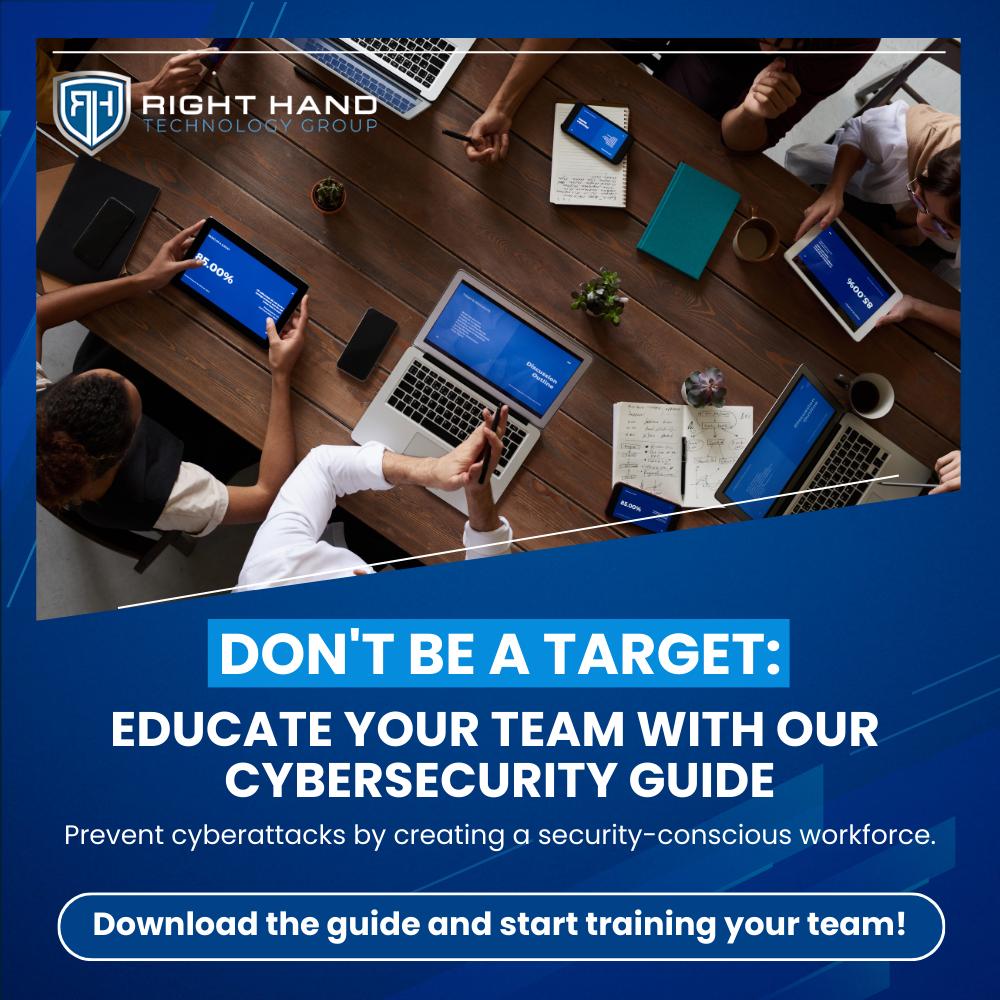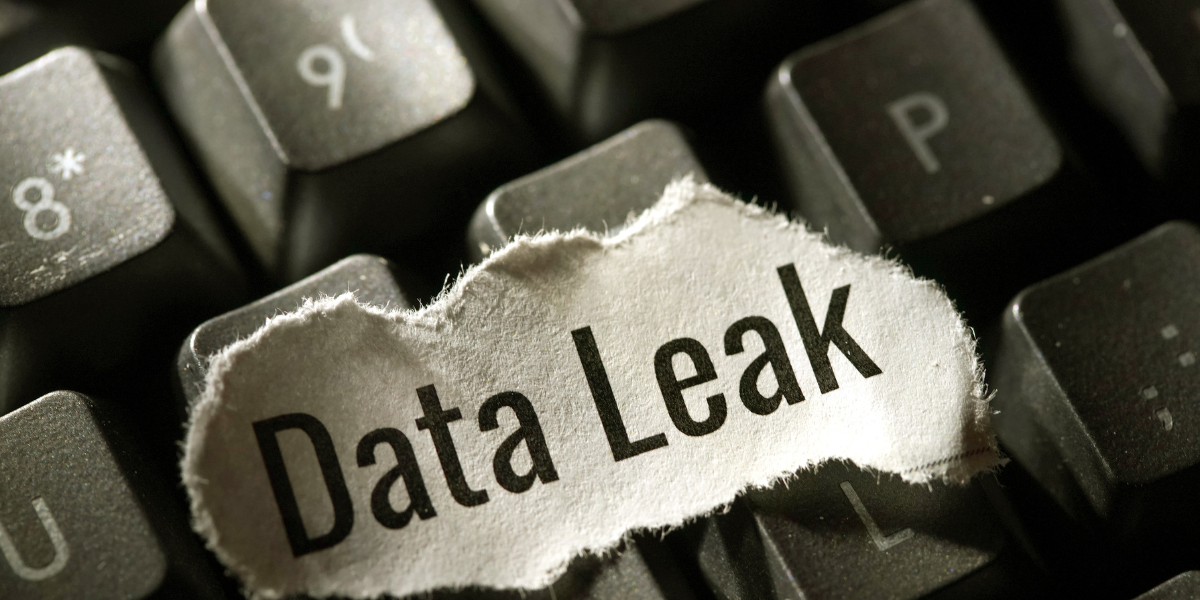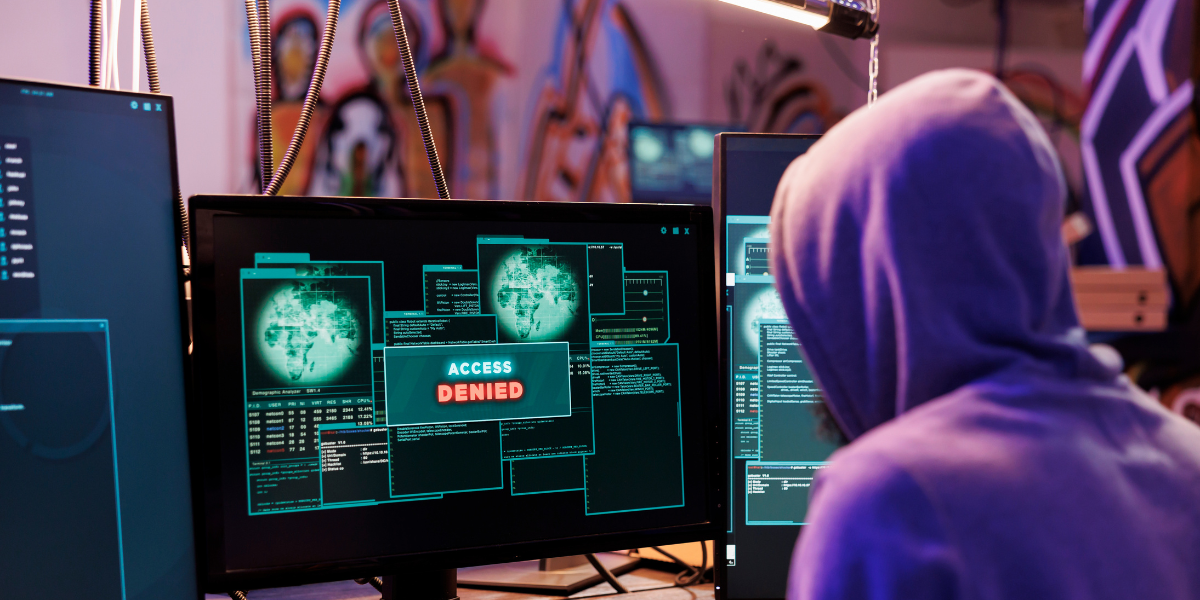Getting a Grip on Cybersecurity Assessment
Checking up on your cybersecurity is like giving your digital world a health check. It helps you spot, manage, and fix risks lurking around your online assets. This is the first step in keeping your data safe from sneaky hackers and nasty breaches.

Why Cybersecurity Assessments Matter?
If your business runs on digital stuff, you need to keep an eye on cybersecurity. Cyber threats are always changing, so you gotta stay on your toes. Regular check-ups on your cybersecurity setup can show you where you’re weak, so you can patch things up before the bad guys find out.
These assessments aren’t just about keeping hackers out. They help you keep your customers’ trust by protecting their data, making sure your business keeps running smoothly, Remain on the right side of the law and remain accountable. For more on why these check-ups are a big deal, check out what is the primary purpose of a cybersecurity risk assessment?.
What’s a Cybersecurity Risk Assessment?
Think of a cybersecurity risk assessment as a detective mission for your digital stuff. It’s a step-by-step way to find out what risks are hanging around your information. You list out your valuable digital goodies, figure out what could go wrong, and see how bad it would be if it did.
This detective work helps you see what needs fixing right away and helps you plan where to spend your time and money to keep things safe. Business owners and IT folks can get the full scoop on this by checking out what is a risk assessment according to NIST and how to measure cybersecurity risk.
By knowing what makes a good cybersecurity assessment, you can gear up to fight off more cyber threats and stay ahead of your competition by keeping your business operating efficiently.
Frameworks for Cybersecurity Assessment
If you’re looking to beef up your cybersecurity game, having a solid plan is key. Two big names in the game are the NIST Cybersecurity Framework and the ISO/IEC 27001 Standard. These frameworks serve as your playbooks to protect both yourself and your data from malicious actors.
NIST Cybersecurity Framework
The NIST Cybersecurity Framework is like a guidebook for critical infrastructure organizations to handle cybersecurity risks. NIST (National Institute of Standards and Technology) has designed the Cyber Security Compliance Guidebook as an industry standard to assist companies in staying safe against cyber threats.
The framework breaks down into five main parts: Identify, Protect, Detect, Respond, and Recover. Each section offers specific categories and subcategories with tips on what and how to do.
| NIST Cybersecurity Framework Core Functions |
Description |
| Identify |
Get a grip on your cybersecurity risks. |
| Protect |
Put safeguards in place to keep things running smoothly |
| Detect |
Spot cybersecurity events before they become a problem. |
| Respond |
Know what to do when something goes wrong. |
| Recover |
Bounce back and restore any lost capabilities. |
ISO/IEC 27001 Standard
The ISO/IEC 27001 Standard is the global go-to for managing information security. It sets out what you need for an information security management system (ISMS) and ensures you pick the right security controls.
This standard helps you keep your info safe and gives your customers peace of mind. It takes a process-based approach to setting up, running, and improving your ISMS.
It’s all about managing sensitive info so it stays secure, covering people, processes, and IT systems through a risk management process.
For steps on conducting a cybersecurity risk assessment aligned with ISO/IEC 27001.
| ISO/IEC 27001 Main Clauses |
Description |
| Context of the organization |
Know your organizational context, what people expect, and the ISMS scope. |
| Leadership |
Get commitment, policies, and roles sorted out. |
| Planning |
Assess risks and figure out how to treat them. |
| Support |
Gather resources, build competence, and keep communication clear. |
| Operation |
Plan and control processes to meet security needs. |
| Performance evaluation |
Keep an eye on things with monitoring, analysis, and internal audits. |
| Improvement |
Fix issues and keep getting better. |
Both the NIST Cybersecurity Framework and the ISO/IEC 27001 Standard give you a structured way to handle cybersecurity risks. They help you spot vulnerabilities, manage risks, and set up strategies to keep your data safe and sound.
You can pick one of these frameworks or mix and match to fit your business needs and compliance rules. Knowing and using these frameworks is crucial for staying ahead of cyber threats.
Components of a Cybersecurity Assessment
A cybersecurity assessment is like a health check-up for your digital world. It helps you spot, analyze, and tackle cybersecurity risks. This process is a must-have for any solid security plan and is key to keeping your assets safe from cyber baddies.
Spotting Assets and Risk Assessment
First things first, you need to figure out what you’re protecting. This means everything from your hardware to your data and intellectual property. Once you’ve got your list, it’s time to see what could go wrong.
Risk assessment is about figuring out how likely it is that something bad will happen and how bad it would be if it did. This helps you know where to put your security efforts. Here’s how you do it:
- Asset Inventory: Make a list of everything you’ve got.
- Threat Identification: Write down all the bad things that could happen to each asset.
- Vulnerability Analysis: Find the weak spots that could be exploited.
- Risk Evaluation: Judge how likely and how bad each threat could be.
Vulnerability Management
Vulnerability management is like playing whack-a-mole with security holes in your software and hardware. It’s a never-ending game, but it’s crucial for keeping your defenses strong.
Here’s the game plan:
- Identification: Use tools to find known vulnerabilities.
- Evaluation: Check how serious these vulnerabilities are and if they matter to you.
- Prioritization: Rank them based on how much damage they could cause.
- Mitigation: Fix or reduce the risk of these vulnerabilities.
Incident Response Planning
Incident response planning is your game plan for when things go south. The goal is to handle the mess quickly and cheaply.
Here’s what you need:
- Preparation: Train your team and get your tools ready.
- Detection and Analysis: Spot the problem and figure out how big it is.
- Containment, Eradication, and Recovery: Stop the threat, get rid of it, and get back to normal.
- Post-Incident Activity: Learn from the incident to improve your future responses.
The pieces of a cybersecurity assessment—spotting assets and risk assessment, vulnerability management, and incident response planning—are key to building a strong cybersecurity strategy. These steps not only guard against immediate threats but also set you up for long-term protection against the ever-changing cyber threat landscape.
Compliance and Regulations
Keeping up with regulations is a must for any cybersecurity assessment. Businesses need to stay on top of ever-changing data protection laws and industry rules to keep sensitive info safe and avoid fines.
GDPR and Data Protection
The General Data Protection Regulation (GDPR) is of paramount importance for any company handling personal data of individuals in Europe, no matter its base of operation. The GDPR has some key rules: you need clear consent to collect data, people can access and delete their data, and you must secure it properly.
If your business deals with EU citizens, you better follow GDPR rules or risk hefty fines. This law is all about protecting personal data and giving people control over their info.
To comply with GDPR, you need to check your cybersecurity practices and make sure they match up with the law. This means knowing what data you collect, how you handle it, and making sure you have the right security measures in place.
HIPAA Compliance for Healthcare
HIPAA establishes guidelines for safeguarding patient data in the U.S. If your business handles protected health information (PHI), compliance with HIPAA is crucial. you need to have the right physical, network, and process security measures in place.
HIPAA compliance is a must for healthcare providers, health plans, healthcare clearinghouses, and any business partners handling PHI. This means doing a thorough risk analysis to spot potential risks to PHI and coming up with ways to reduce these risks.
Key parts of HIPAA compliance include keeping PHI confidential, making sure it’s accurate and available, protecting it from threats, and stopping unauthorized access or sharing.
Staying HIPAA compliant means regularly reviewing and updating your security measures to keep up with new cyber threats. For more on HIPAA and its impact on cybersecurity assessments, check out what is the standard for cyber security assessment.
Best Practices for Cybersecurity Assessment
To keep your digital fort secure, businesses need a solid, ongoing approach to cybersecurity risk assessment. This means figuring out how bad cyber threats could be and coming up with ways to dodge them. Two big parts of a good cybersecurity plan are regular security check-ups and keeping employees in the loop.
Regular Security Audits
Doing regular security audits is like getting a health check-up for your digital systems. These audits help spot weak spots, see if your current security measures are doing their job, and catch any sneaky breaches or unauthorized access.
Here’s a handy schedule for these audits:
| How Often |
What to Check |
| Once a Year |
Full security audit |
| Every Three Months |
Critical systems review |
| Monthly |
Look for new vulnerabilities |
| All the Time |
Real-time system monitoring |
These audits should be run by folks who know their stuff about the latest in cybersecurity and what your organization specifically needs. During an audit, they’ll look at things like network security, who has access to what, data encryption, and backup processes. For more on measuring cybersecurity risk, check out how to measure cybersecurity risk.
Employee Training and Awareness
Employees are your first line of defense against cyber threats. So, investing in their training and awareness is key. Training should cover spotting phishing scams, making strong passwords, and handling sensitive info safely.
Here’s what a good training program should include:
- Regular updates on new cyber threats and tricks.
- Rules for safe internet and email use.
- Steps for reporting suspicious activity.
- Best practices for using company devices and networks.
| Training Topic |
What’s Covered |
| Cyber Threat Updates |
Latest cyber threat info |
| Safe Usage Rules |
Best practices for Internet and Email usage |
| Incident Reporting |
How to report suspicious activity |
| Device Management |
Guidelines for securing company devices |
By giving employees the know-how and tools they need, businesses can cut down the chances of a cyber incident. Plus, creating a security-aware culture helps make sure employees stay alert and ready to spot and deal with potential threats. Remember, cybersecurity isn’t a one-and-done deal. By sticking to these best practices, businesses can beef up their security and protect their important stuff from the ever-changing cyber threats out there.
Picking the Right Path
Figuring out the best way to handle a cybersecurity risk assessment is crucial for keeping your business’s digital world safe and sound. Deciding between doing it yourself or bringing in the pros, and making sure the assessment fits your business like a glove, are big decisions that can make or break your cybersecurity efforts.
DIY or Call in the Pros?
When it comes to cybersecurity assessments, you’ve got two main options: handle it in-house or hire an outside expert. Each has their own advantages and drawbacks.
In-House Assessment:
- Pros:
- You know your systems inside out.
- Long term savings could be achieved.
- You control the timing and focus.
- Cons:
- Might miss out on specialized knowledge and tools.
- Familiarity can lead to blind spots.
- Limited resources might mean a less thorough job.
Third-Party Assessment:
- Pros:
- Get access to top-notch expertise and tools.
- Fresh eyes can spot hidden risks.
- Frees up your team to focus on their main jobs.
- Cons:
- Can be pricey.
- Sharing sensitive info with outsiders.
- More coordination and communication needed.
Think about your team’s skills, your budget, and how complex your IT setup is to decide which route makes the most sense.
Custom Fit for Your Business
Every business is different, with its own priorities, resources, and risks. So, your cybersecurity risk assessment needs to be just right for you.
- Spotting Key Assets:
- Make a list of your critical assets. Get input from different departments to see what’s essential for keeping things running smoothly.
- Knowing the Threats:
- Look at the threats that matter most to your industry and size.
- Regulations and Compliance:
- Make sure your assessment lines up with any rules you need to follow. For example, healthcare providers need to think about HIPAA compliance.
- Risk Tolerance:
- How much risk can you handle? This will shape your assessment and the steps you take to fix any issues.
- Budget:
- Your budget will decide if you go in-house or hire outside help and how much you can spend on fixing problems.
By keeping these points in mind, you can create a cybersecurity risk assessment that’s thorough and tailored to your business. Don’t forget to update and review it regularly, as explained in how often should you do a cybersecurity risk assessment?.
In the end, whether you go in-house or hire a third party, make sure your approach fits your company’s needs, risk level, rules, and resources. This way, you’ll stay sharp and ready for whatever cyber threats come your way.

















